The first major project I undertook as DS Blake (though I didn't exactly know it at the time), was a collection of work inspired by the computer game Dwarf Fortress. I had just completed the first phase of my MA, and wanted to cleanse my artistic palate by doing something very different to the work I was doing at the time, that was more in keeping with the kind of work that lead me in to the world of art. I decided to give myself a fantasy illustration brief, to try and visualise a setting from scratch, using traditional media. When casting round for a subject, I wanted to choose something that did not already have a dominant visualistion; Dwarf Fortress, my favourite game, seemed a natural choice.
Dwarf Fortress is an intensely complicated indie roguelike simulation/strategy game, first released in 2006 and under constant development since then. It is notable for its complexity; rather than rely on a pre-designed game world, it uses detailed simulation (of everything from combat and movement to temperature and fluid dynamics) to create emergent gameplay situations. The entire game world, including aspects such as history and culture, is generated procedurally from random seeds, with the only constant elements being the presence of dwarves, humans, elves, and some other features. It is an absorbing, time consuming game, with an infamous learning curve, and has received many accolades, including being added to the permanent collection of the Museum of Modern Art and being written up in the New York Times. The default game (it can be modified with more up to date graphic sets) represents its world with a semi-abstract array of letters and other symbols.
This creates a fairly unusual situation for a computer game. Dwarf Fortress is no more locked to any one visualisation than a book. Many other artists, of course, have had a crack at representing DF visually, the most successful being perhaps Tim Denee (Bronzemurder and Oilfurnace) and George Kavallines (Bravemule). Using traditional media, I would be taking an approach rather different to that of the majority of artists (who have used digital media to approach the subject). I decided to try a variety of different stylistic approaches, influenced by my appreciation of classic low-budget fantasy illustrations, such as one might have found in the roleplaying and tabletop wargaming products of TSR or Games Workshop. I took visual cues both from the descriptions offered in-game and the look of the game itself (particularly its colours). I decided that, much as the game Dwarf Fortress is as yet uncompleted, I wanted to go for something that was rough, unpolished and energetic. This is the resulting body of work:
"Guardian"
"Destroy All Zombies!"
"Beware Its Deadly Breath"
"Portal"
"The Dwarf Queen"
"Hunter's Moon"
"Seems Willing to Trade"
"Forging"
"Goblin Charge"
"Low-Tech Warrior"
"War Elephant"
"Night Troll"
"Necromantic Studies"
"Magma Man"
"Approach by Moonlight"
"Discovering a Vampire"
"Fathri Nifhldapen"
"The Baron"
"Strike the Earth?"
"Madness"
"Evil Rain"
"Double Ambush"
"The Ubiquity of Nets"
"Gearedflowers the Leaping Darts of Truth"
"The Dispersed Amazement"
"Foul Blendec"
"Creeping Eye"
"Chinchilla Woman"
"Flesh Ball"
"Amethyst Man"
"Cave Fish Man"
"Voracious Cave Crawler"
"Hungry Head"




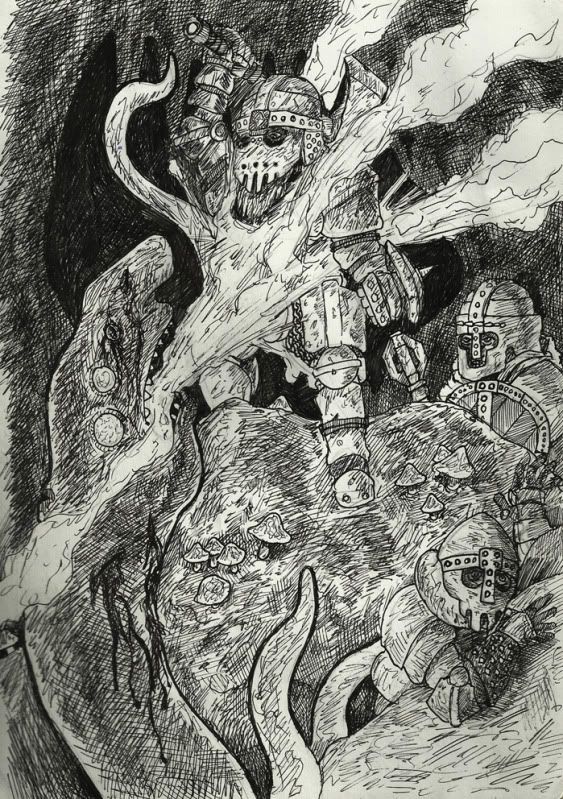
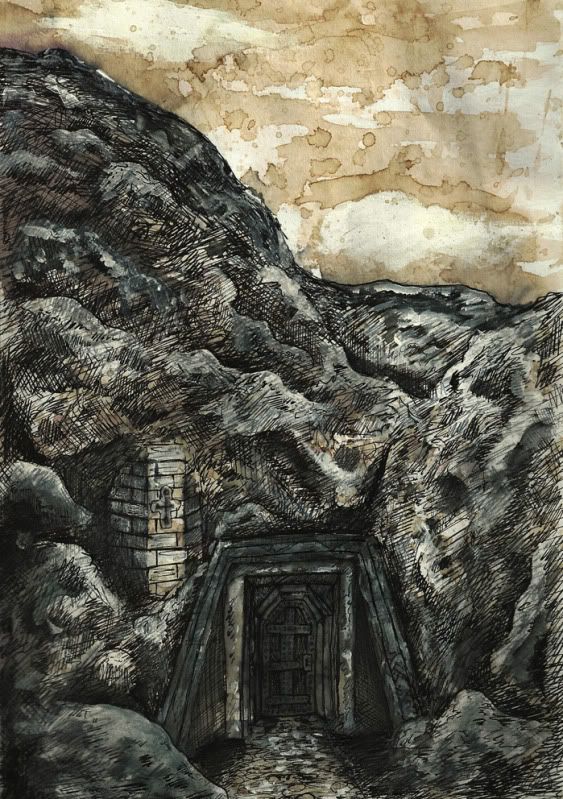
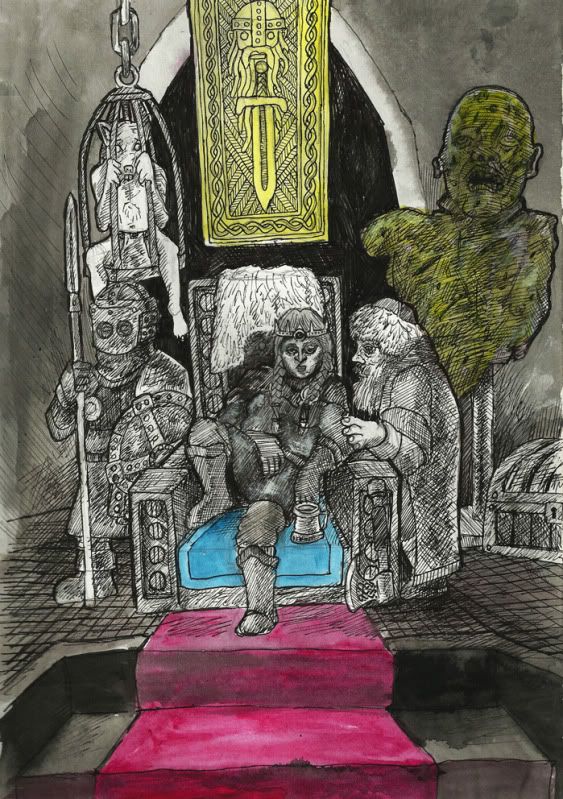
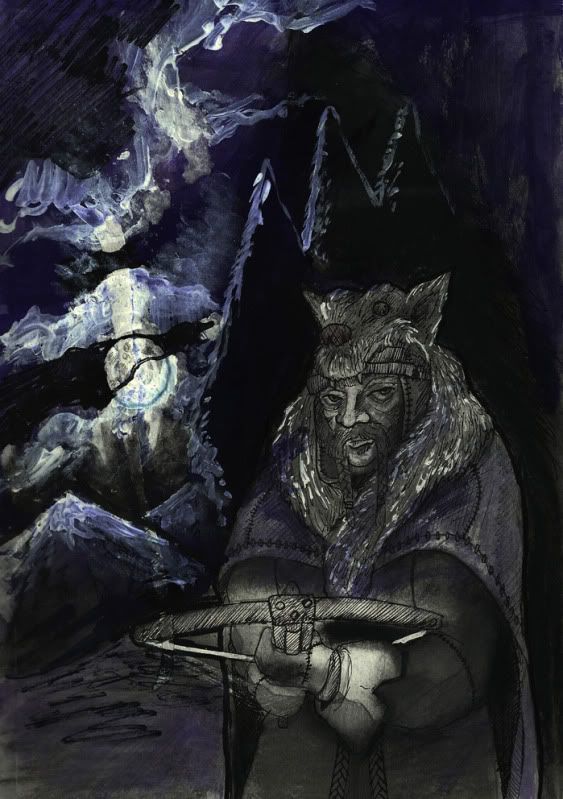
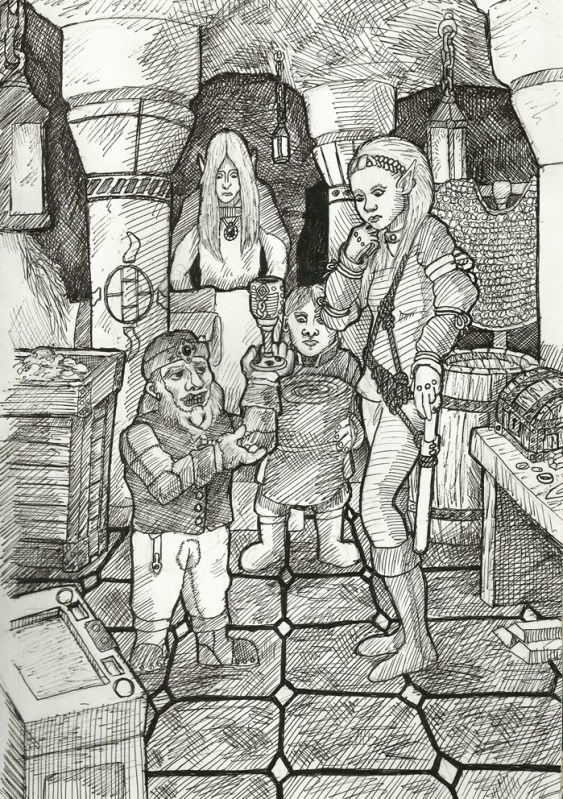

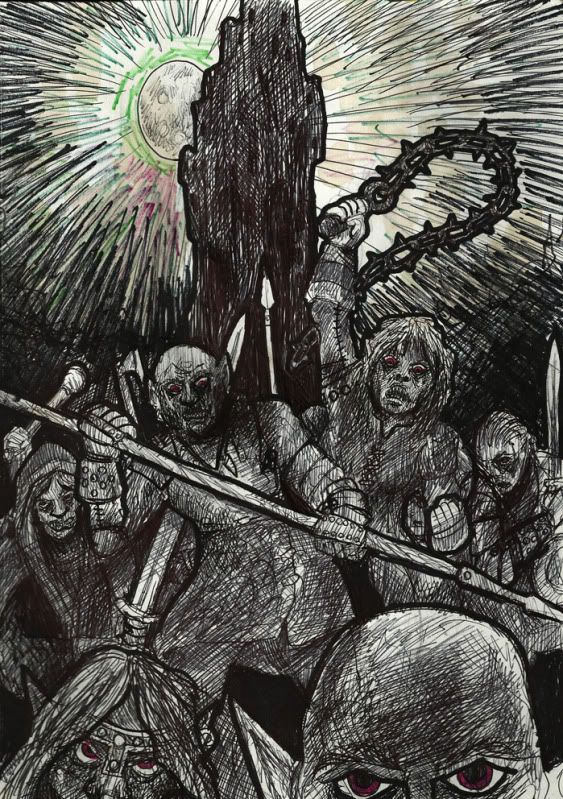
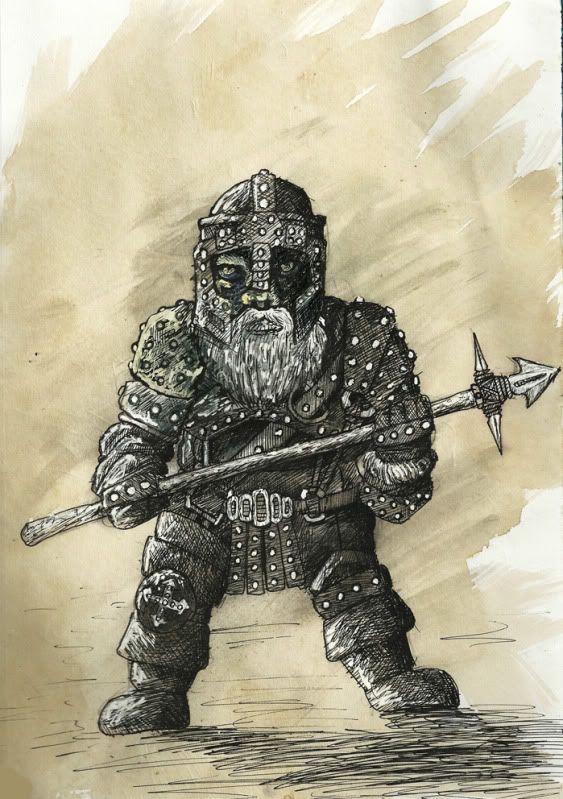
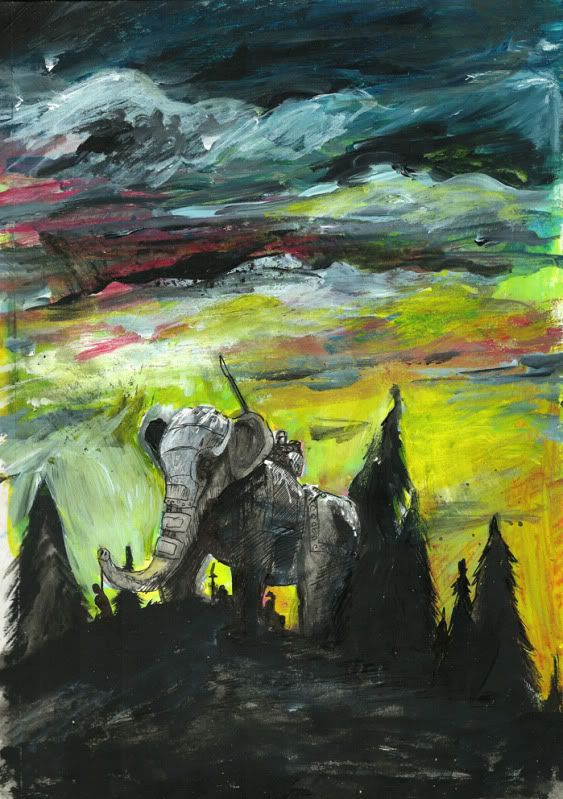

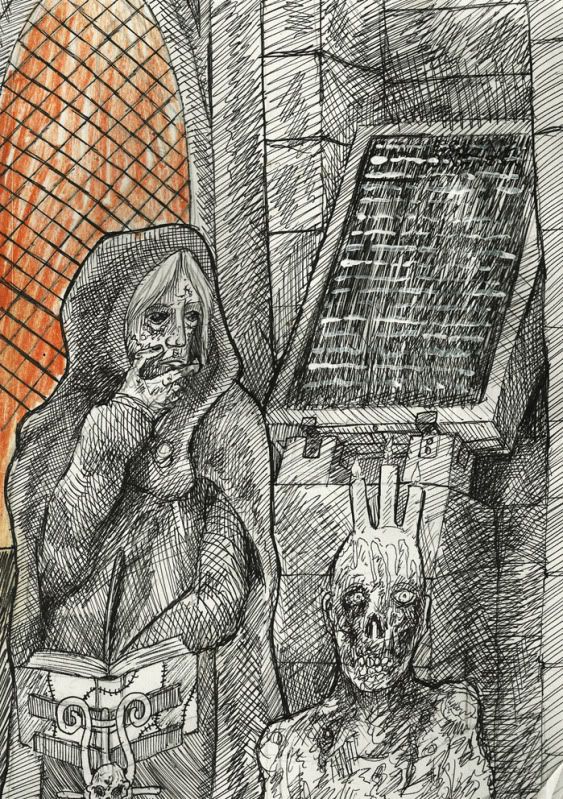
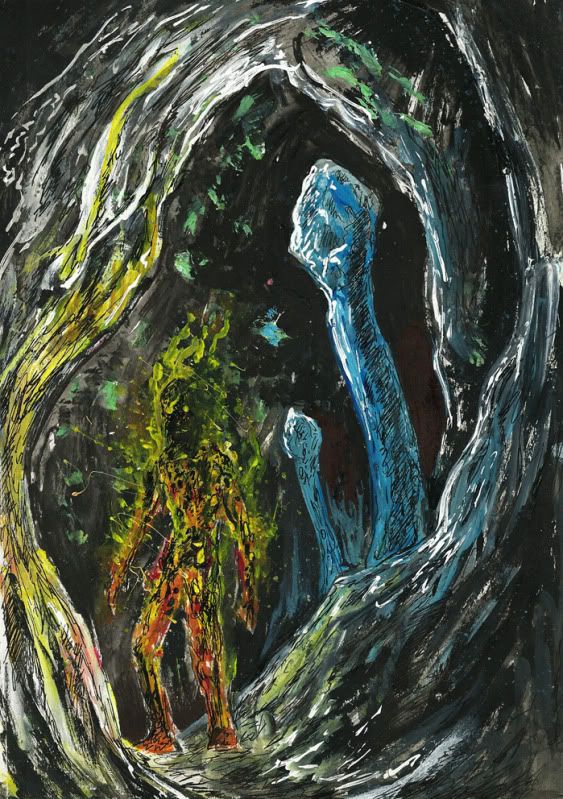

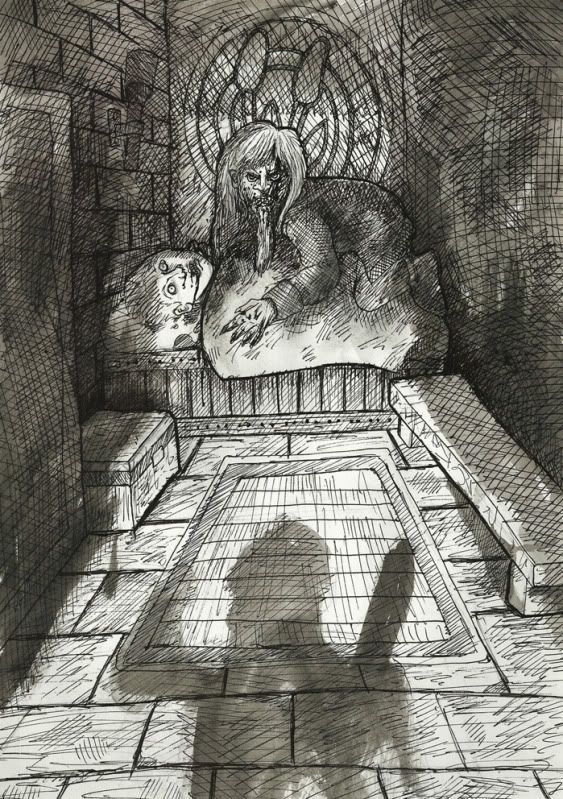
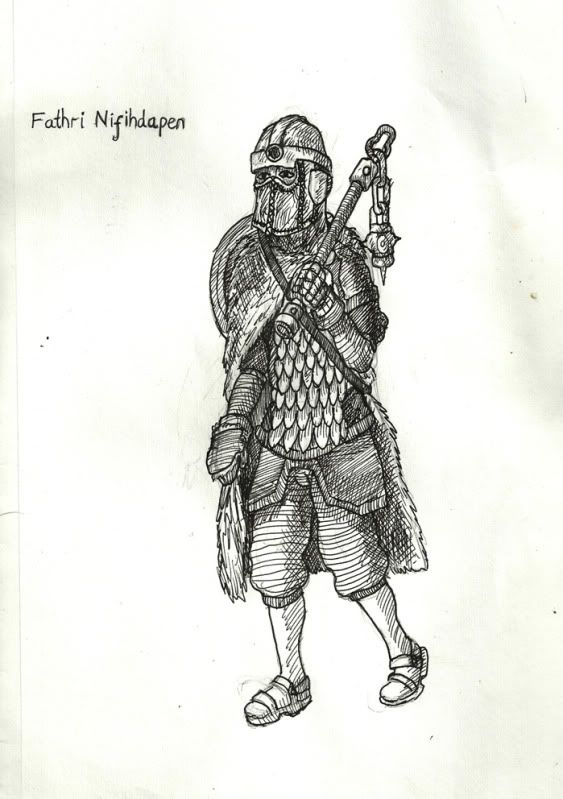
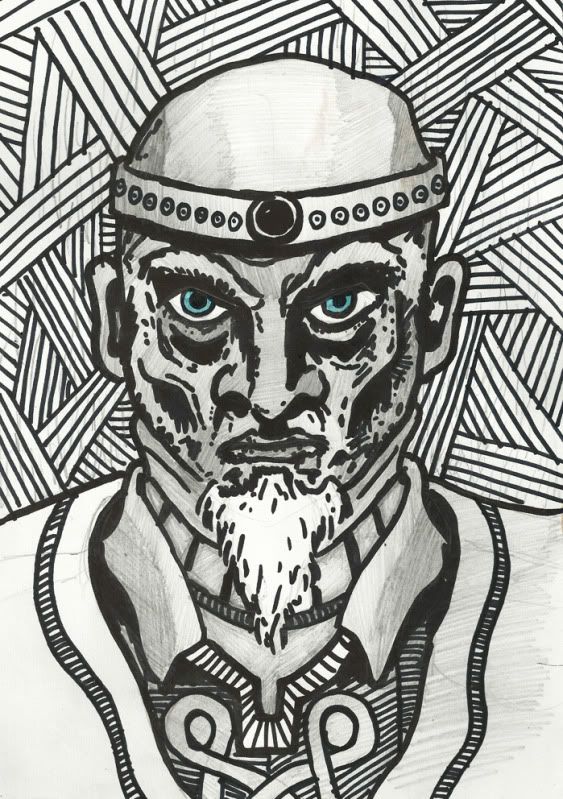

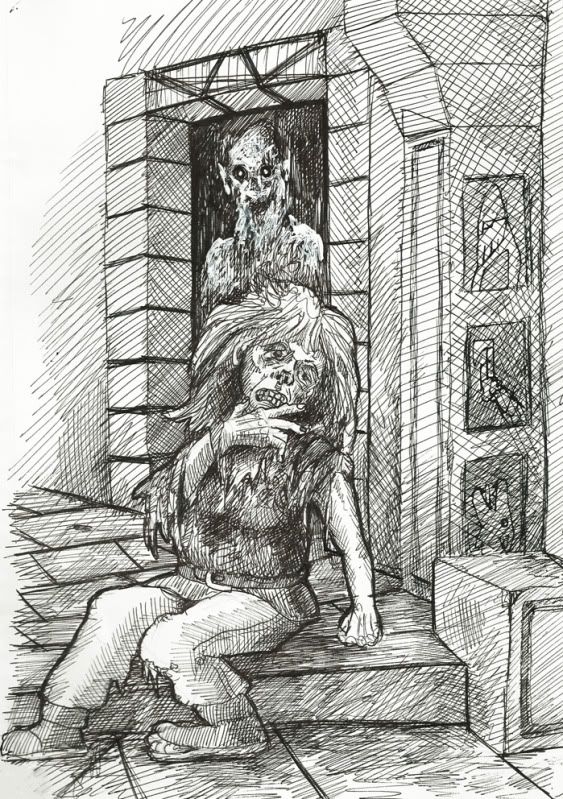

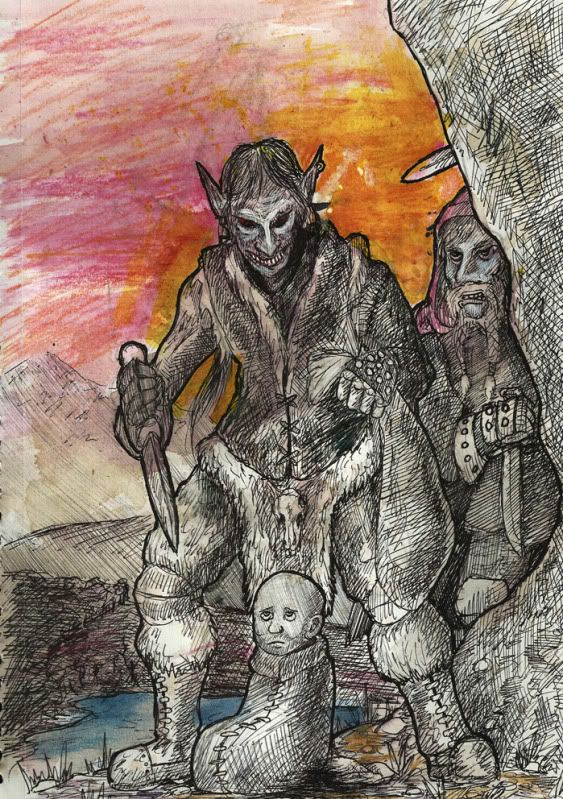
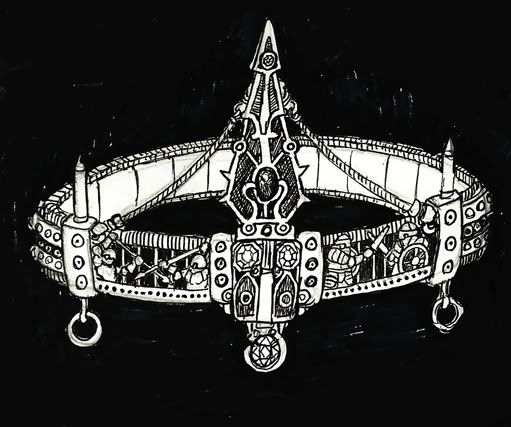
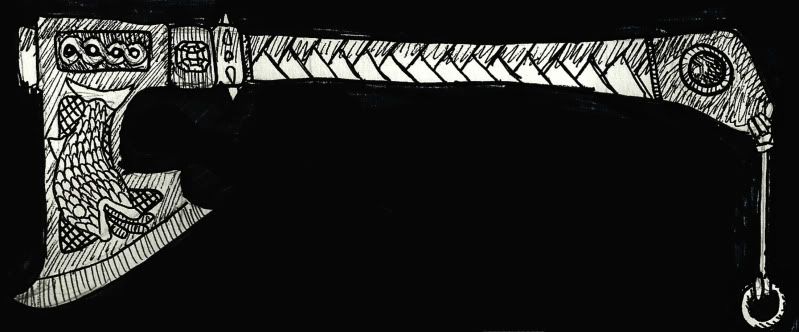


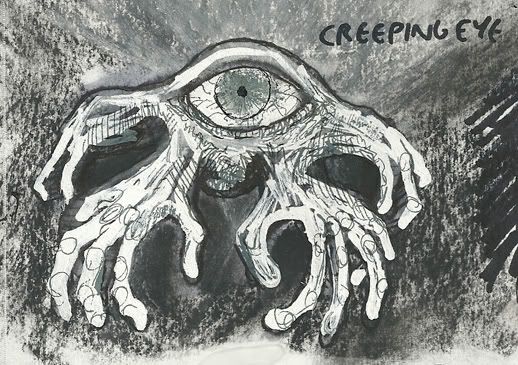
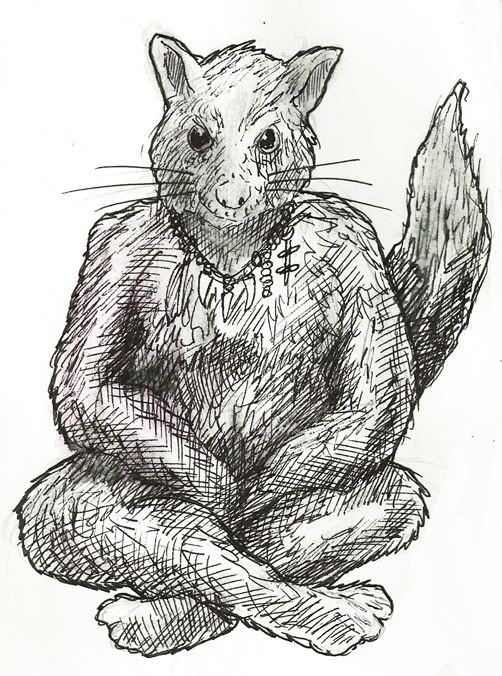

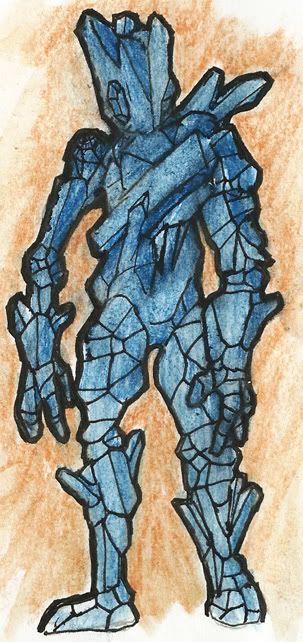
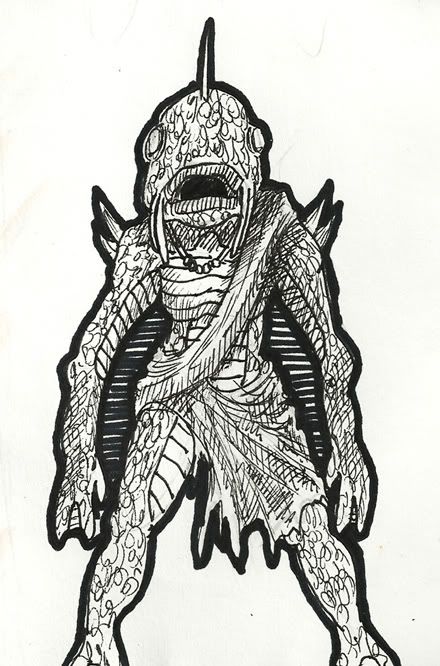
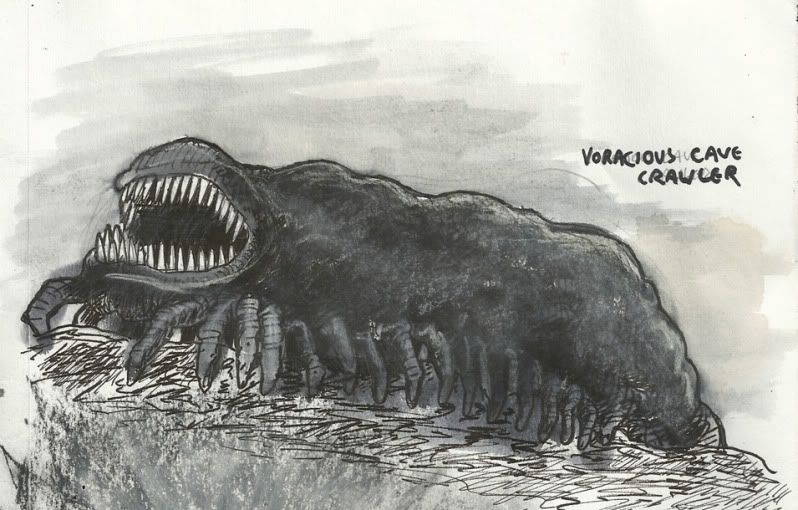
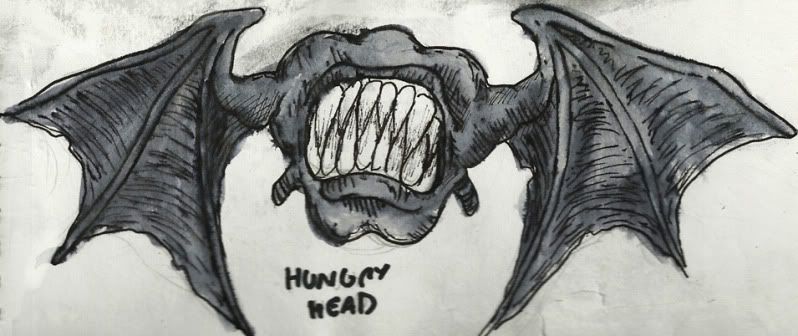
No comments:
Post a Comment